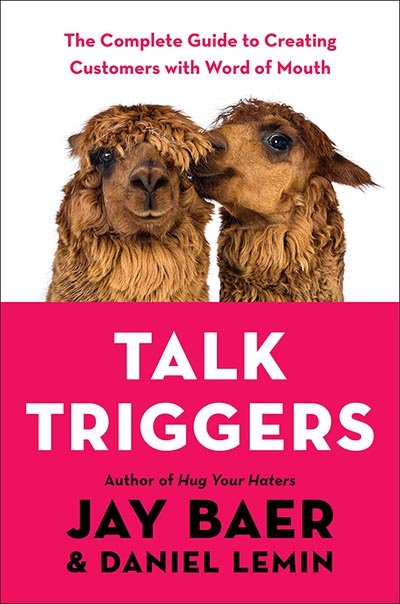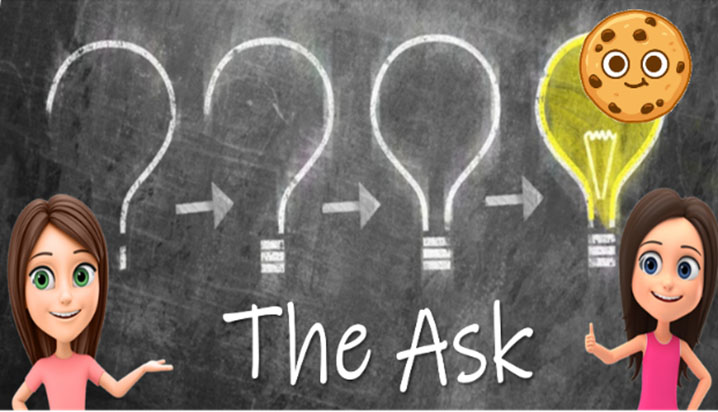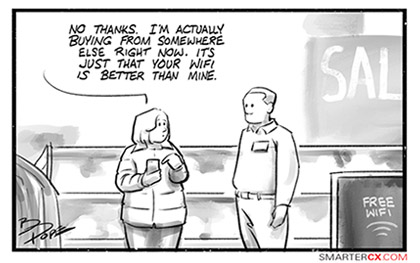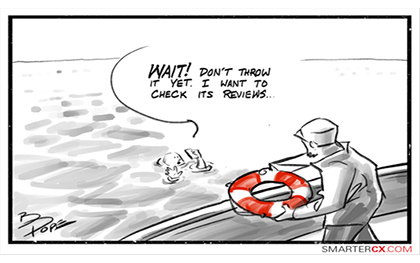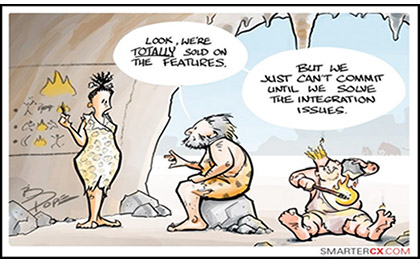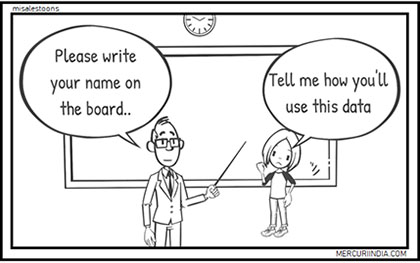Talk Triggers solves this puzzle. And what is a Talk Trigger? Jay Baer and Daniel Lemin define it as a “built-in differentiator that creates Customer conversations”. Hold on, isn’t that the same as a USP? The authors disagree with a humour and flair that runs through their book: “A USP is a feature, articulated with a bullet point, discussed in a conference room. A talk trigger is a benefit, articulated with a story, discussed at a cocktail party”
Does this work for B2B? Yes, say the authors, citing a study done by Blanc & Otus and G2Crowd that found the impact of recommendations and referrals in B2B to be actually far greater. The authors suggest a 4 – 5 – 6 framework to make Talk Triggers work in business. It’s important to keep the following insights in mind before getting into implementation:
- WOM works best when it’s specific (“Good experience” isn’t specific. “A pleasant admission to discharge bill settlement experience” is)
- Social Media doesn’t always equal WOM. It’s just one of the ways WOM gets conveyed. Offline, table or informal conversations are considered more trust worthy as Customers don’t curate their experiences the way they do it online
- ‘Same is lame’. In the context of word of mouth, being ‘good’ isn’t enough
Here is the 3 part 4-5-6 framework in summary:
P1: 4 Requirements of a Talk Trigger: A Talk Trigger must be (a) Remarkable (b) Relevant (c) Reasonable (d) Repeatable
P2: 5 Types of Talk Triggers: A Talk Trigger must have talkable: (a) Empathy (b) Usefulness (c) Generosity (d) Speed (e) Attitude
P3: 6 Steps to Create Talk Triggers: (a) Gather Internal Insights (b) Get Close To Your Customers (c) Create candidate Talk Triggers (d) Test & Measure (e) Expand and turn on (f) Amplify your Talk Triggers.. Create your own Next Talk Trigger.
The book illustrates the framework drawing on 30 real life cases, where businesses have successfully used Talk Triggers to get extraordinary results and leave their competition way behind. One of the 30, is Americollect.
The Americollect story and Talk Trigger lessons for Sales
Americollect is in the business of collecting receivables from Consumers who have unpaid health care bills, in the United States. What do you think is their Talk Trigger? Would you believe, it is ‘Ridiculously Nice Collections’? Collections? Ridiculously nice? You must be joking. But the truth is, in a business known for strong arm methods, collecting money by being nice cannot help becoming a talk trigger. The company leveraging empathy, has a shockingly pleasant sales script that encourages its staff to let the Customer know “we recognize your struggle now, but if you had the money, you’d pay the bill”. The “Ridiculously Nice Collections” tagline is even trademarked.
Vastly improved collections, happier hospitals, growing referrals have put Americollect in the league of the largest and fastest-growing collection agencies in US. One hospital even admitted to using the Americollect approach to training its own employees
So, as a Sales Person, what are your Talk Triggers? If you don’t have any, it’s time to discover and hone some. In a connected world, a talk trigger can be your biggest growth asset outside the balance sheet.


